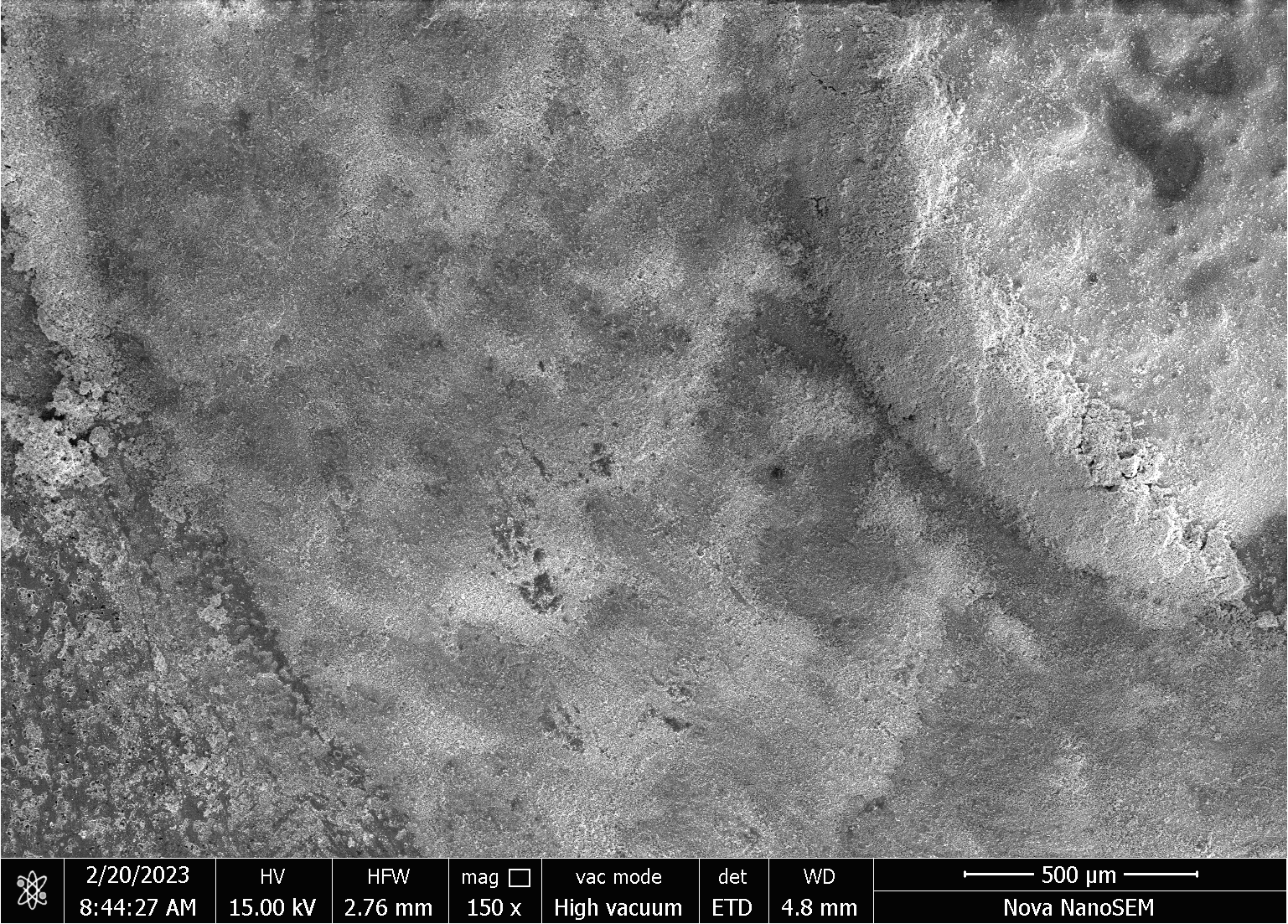Types of Wear and Pin on Disc
Wear: Definition and Different Modes
Wear is defined as "damage to a solid surface, usually involving progressive loss of material, due to relative motion between that surface and a contacting substance or substances." Understanding wear is crucial for predicting the performance and life of the components. Moreover, wear behaviour is significant in a variety of domains, including materials science and life sciences.
We refer to any two (or more) bodies in mechanical contact and moving relative to each other as a system. Wear is therefore influenced majorly by three parameters of a system: (a) its structure; (b) the interaction factors; and (c) the environmental conditions. In general, structure refers to the nature of the material (for example, metals, polymers, or ceramics), its geometries, and occasionally its microstructure. Environmental conditions include the surrounding temperature, pressure, and surface chemistry, while interaction factors refer to the forces or stresses acting on the materials, the nature of contacting surfaces, and the interaction time. According to the parameters of these systems, various modes are thus involved during the wear of materials. For all engineering applications, (mechanical) wear is typically categorised as (a) abrasive, (b) adhesive, (c) flow, and (d) fatigue wear. In this experiment, we will be dealing with abrasive wear and adhesive wear.
Abrasive wear
In abrasive wear, material from one surface is removed by either the hard protuberances on the other surface or by the hard particles that are present at the interface between the two surfaces. Thus, in abrasive wear there is a material loss of softer material when a harder material is moving relative to it. The wear is known as two body wear if there are only two components engaged in the process, such as when the asperities on the harder surface wear away the softer material. Three body wear is the term used when a process involves trapping a hard particle between two surfaces (a solid body and the counter body).

Fig. 1: Two body, and three body abrasive wear
Adhesive Wear
The probability of local welding at the contact locations exists when a load presses two surfaces together. As a result of the surfaces sliding relative to one another, these welds are subject to shear forces, which increases the likelihood that they will break. Some of the material is transported from one surface to the other when the fracture does not follow the weld contact. This transferred substance often continues to be attached, and it may even transfer back to the surface it was originally connected to. Therefore, the formation of local welds between the material surfaces is a key factor in adhesive wear.

Fig.2: Adhesive wear characterised by local welding.
Wear Measurement
Pin-On-Disc Wear Test
By far the most common tool used by the material community to assess the sliding wear of materials is the pin-on-disc wear testing device. One of the most significant advantages of pin-on-disc is the ease with which a pair of materials can be articulated. Additionally, two or three body wear configurations are simple to make. The ASTM G99 standard is used to evaluate sliding wear with unidirectional motion pin-on-disc measurement.
As its name implies, the pin-on-disc wear test involves pressing a pin (or ball) against a disc. A typical schematic of pin-on-disc is as shown below.

Fig. 3: A conventional pin-on-disc device with a schematic showing the pin and disc placement. With the help of an appropriate weight, a rounded pin is pressed up against the disc. A relative motion is made between the disc and the pin, resulting in circumferential wear of the disc.
Normally, a radius-tipped (or flat-ended) pin is forced against the flat disc (with known roughness). Either the pin or the disc will rotate to create a relative motion and a circumferential wear track or path on the disc. A appropriate load is applied to the pin in order to make mechanical contact between the disc and the pin. Typical experimental parameters consist of material pairs, pin load, pin size and shape, and rotating speed. The effect of other aspects such as environment (controlled atmosphere and with lubrication) can also be evaluated using pin-on-disc wear measurement. Friction between the pin and the disc causes material loss (wear) of the softer material. When comparing two materials, the pin material is often taken as the harder material.
The goal of this experiment is to investigate the wear mode; we will use two material systems: metal-metal and metal-ceramic. When considering a metal-metal system, the pin and disc are both metals, however when considering a metal-ceramic system, the pin is ceramic and the disc is metal. The other factors, such as load on the pin, rotational speed, and test time, are kept constant in order to comprehend the wear mode for two different systems. The wear mode can be studied using microscopic analysis using optical microscopy or scanning electron microscopy of the worn-out surface of the disc.
Observation of worn surface



Scanning electron micrographs of worn surface
Observation of worn surface

CONCLUSIONS
By the end of this experiment students should be able to :
Understand the importance of wear
perform wear test
distinguish between abrasive and adhesive wear
